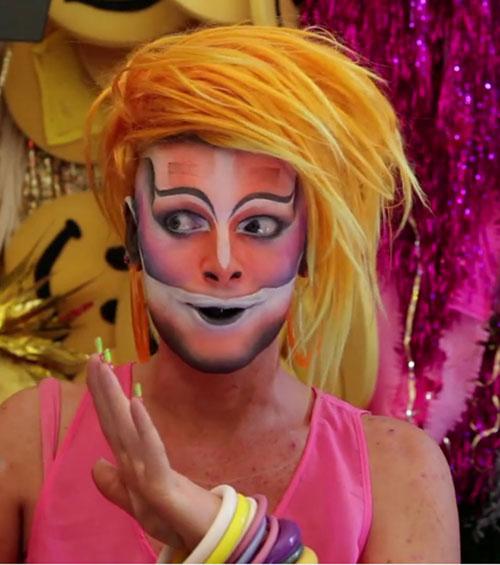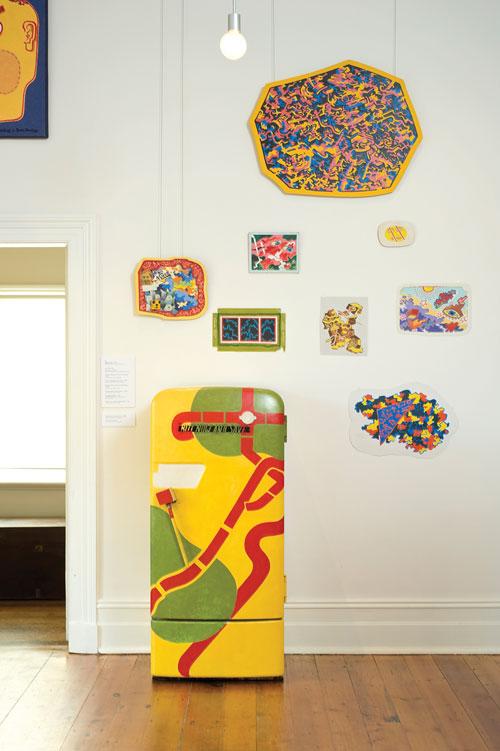Wendy Sharpe: Official war artist in East Timor
The idea of women being appointed as official war artists still raises eyebrows. The typical response to the suggestion that women might work as war artists is: ‘‘are there any?’’ War and art are still viewed as a man’s thing, ruled by issues of propriety about what women should and should not witness, and spatial zones they ought not transgress. War, even modern-day techno-war, still employs an older style language of ‘‘the front’’ where battles take place, while the home front is supposedly a safe zone, even though front-line battles take place in towns and villages where women and children live. The language and geography of wartime space are deeply gendered. Yet women artists have always engaged with issues surrounding war and conflict. Gay Hawkes’s mocking portrayal Saddam Hussein on a Rhinoceros (1990) comes from the days of the Gulf War; while Barbara Hanrahan’s biting Poppy Day (1982), showing war widows attempting to put a brave face on their plight, is informed by the anti-war sentiment of the Vietnam War era. Commentary of this kind has been done at distance, and from the safety of the home front.












